As car features get more advanced, instrument clusters become complex. As the adage goes - machines with more moving parts are likelier to break.
In the case of Jeep models, what can cause the gauges to go crazy? We've researched the problem's possible causes and solutions to help you out.
Like many modern vehicles, each Jeep gauge or cluster light can malfunction due to the power source, the circuit path, the switches/sensors, or the gauge or light itself.
However, if several gauges malfunction at the same time, we can narrow down our list of possible culprits:
- Poor battery connection
- Low battery charge
- Failing alternator
- Improper wiring and grounding
- Bad ignition switch
- Faulty voltage regulator
- Malfunctioning ECU or BCM
- Damaged instrument cluster circuit board
If your Jeep's instrument cluster lights and gauges are acting up, you're in the right place. Read on, and we'll give you tips on diagnosing and possibly solving your instrument cluster's problems.
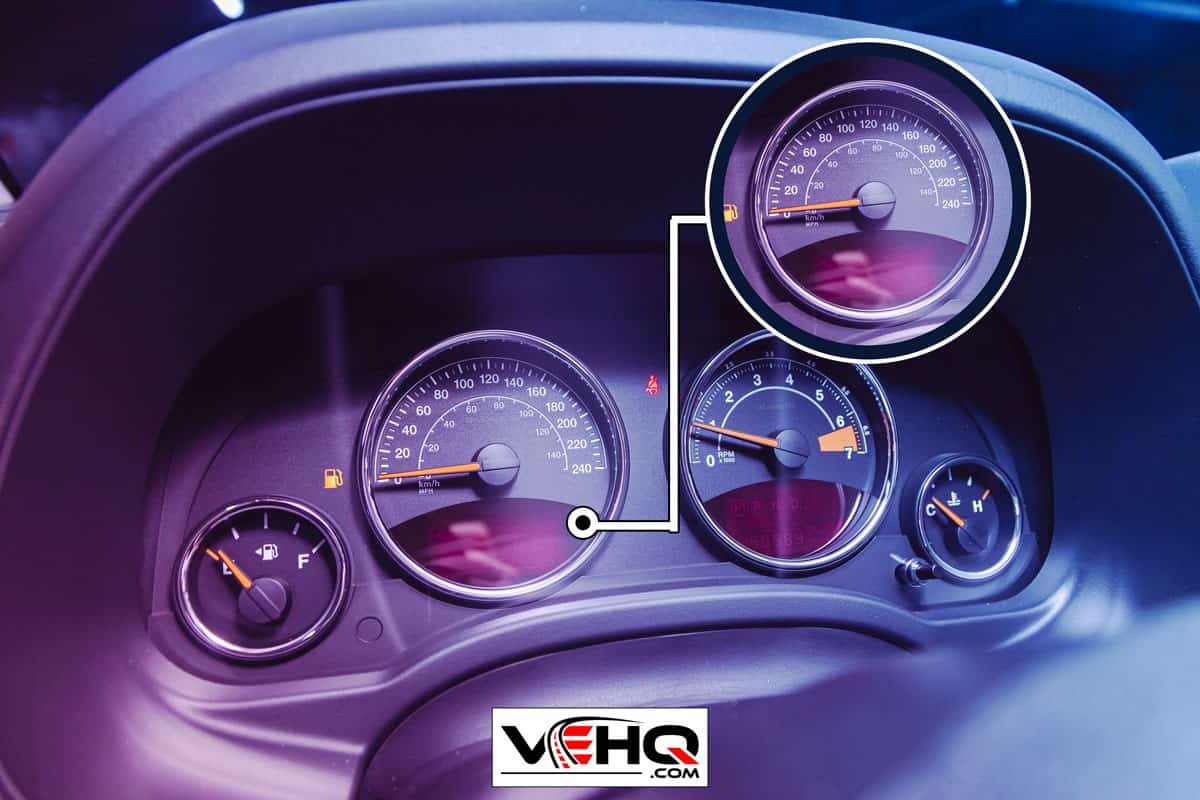
Why Are My Jeep's Gauges Going Crazy?
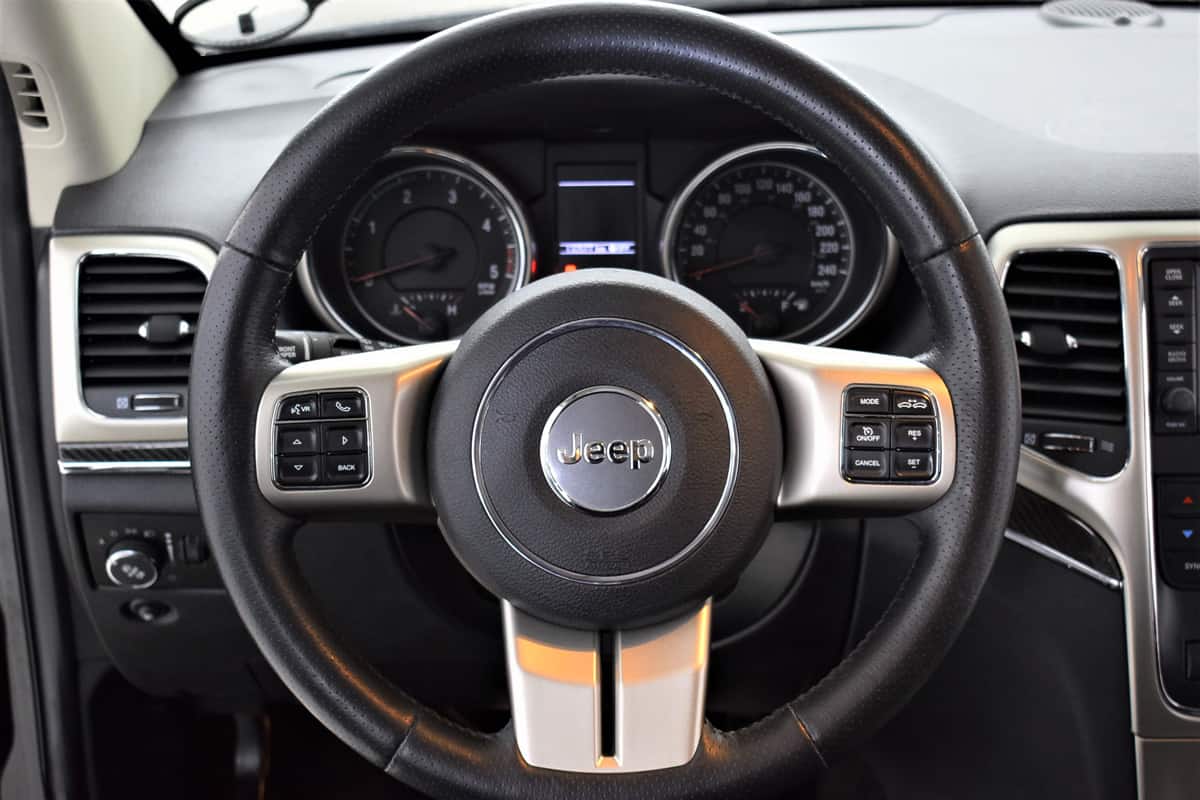
Jeep has built its reputation for designing high-performance, off-road capable vehicles. However, as with any other vehicle, the safe and proper operation requires the driver to know what's happening with the car.
Through the instrument cluster, the driver can monitor the state of the car and its components. The gauges and lights report the speed, fuel, temperature, gear position, oil health, and many others.
Because of the wide scope that the instrument cluster monitors in the vehicle, it also needs connections to many actuator and sensor circuits, therefore, cluster lights and gauges can malfunction due to many possible causes.
If the instrument cluster malfunctions, the driver becomes blind to situations happening in and around the vehicle, including the speed and engine operation. This is very unsafe, and in some states, it is illegal.
So what can cause Jeep gauges to go crazy?
Your Jeep Could Have Bad Software
In October 2013, Chrysler sent out a recall for 132,000 units of the 2014 model year Jeep Grand Cherokee due to problems with the instrument cluster.
Based on the recall information, some of the Jeep's instrument cluster warning lights were randomly turned on. In some other cases, the whole cluster blacked out.
Chrysler attributed this malfunction to a flawed anti-lock braking system (ABS) module software. The car manufacturer's recall service includes the upgrade of the said software.
If your Jeep is a 2014 Grand Cherokee, perhaps you missed Chrysler's notification. You may visit your dealer to check how they can help you.
However, if your Jeep isn't among the models affected by the recall, your cluster's problem may not be brand-specific.
What Should I Do If Only One Of My Jeep's Gauges Is Acting Up?
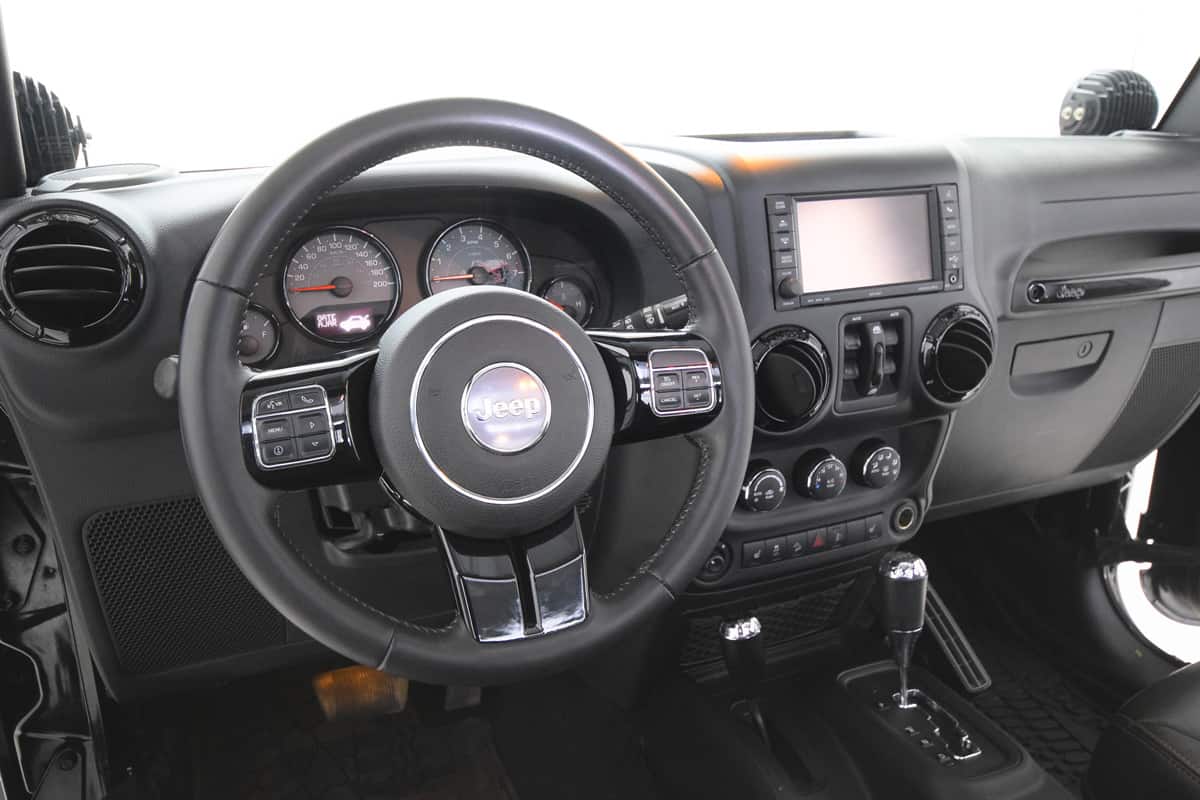
If only one instrument gauge or light seems to be going crazy, you should first check if something is wrong with whatever the gauge or light is monitoring.
For example, if the temperature gauge fluctuates to points higher than usual, something may be wrong with the engine's cooling system. Your car could be overheating.
You need to test that specific circuit if you confirm that the gauge or the light is giving you a false notification. It could be a failing sensor (sending unit), bad ground or wiring, a corroded gauge circuit board, etc.
What Does It Mean When Multiple Gauges And Lights Are Acting Up?
In case different gauges and lights go crazy simultaneously in the instrument cluster, it probably means that there is a common source of the problem.
For instance, many instrument clusters use only one voltage regulator for all the lights and gauges. Moreover, all these gauges draw power from the battery (when the engine is not running) or the alternator.
Electronic equipment like instrument clusters needs constant and precise electrical currents to function correctly. If the power source, connectors, or cluster disrupts this flow, the gauges can go crazy.
How Do I Check The Battery Terminals In My Jeep?
Before testing the circuits for any faulty components, we can start with the power source. When the engine is off, the battery provides all the electricity that your car needs.
First, try to check the battery terminals. Are the terminals dirty, loose, or surrounded by powdery white acid corrosion?
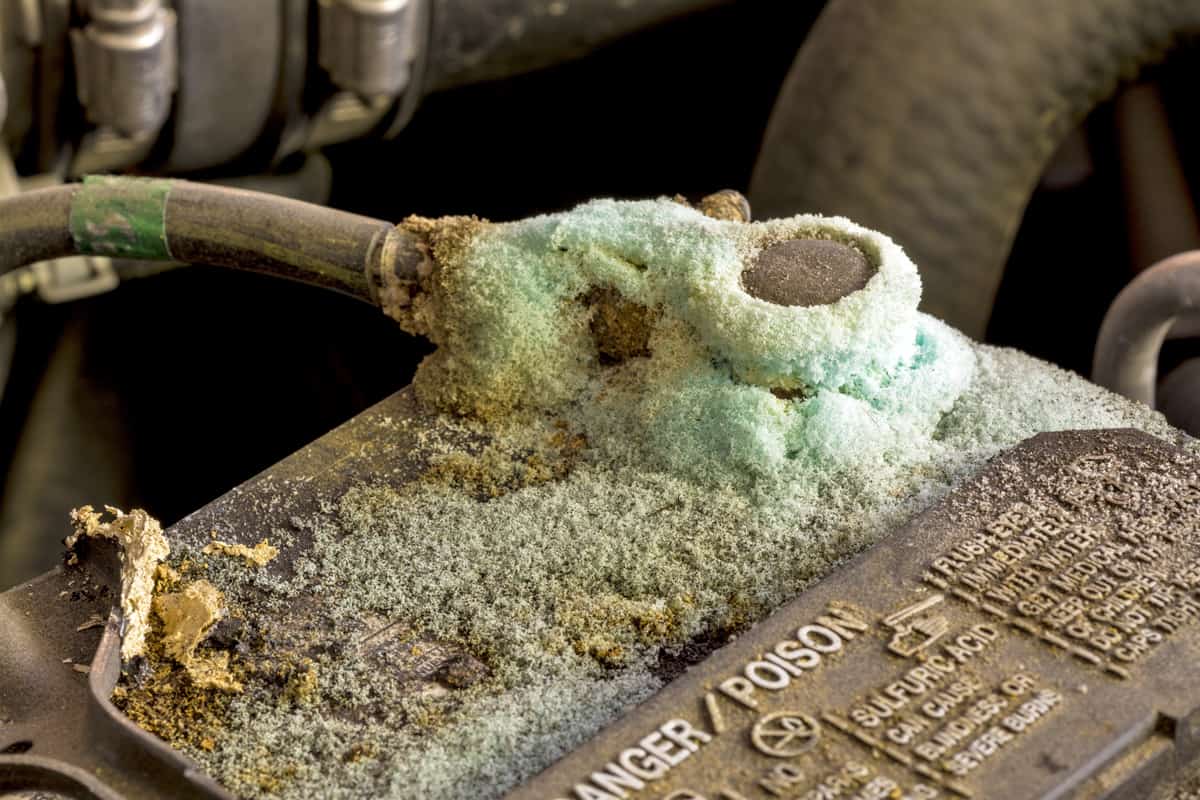
Loose, dirty, or corroded battery terminals can lead to inconsistent electricity flow and even speed up the battery's discharge. Furthermore, they can make the instrument cluster fluctuate.
To solve this problem, you need to remove the cable connectors and clean the terminals with a brush and a weak basic solution. Baking soda in water will do the job well.
Acid and loose battery connectors may wear the terminals down over time. If you cannot tighten the connectors enough around the terminals, you can try using a battery terminal shim.
See these battery terminal shims on Amazon.
Testing The Battery And The Alternator
Once you have secured your battery terminal connection, you can test the battery and alternator properly.
A deeply discharged battery can make your car's electronics malfunction. If your engine cranks slowly during ignition while the gauges fluctuate, you probably have a weak battery charge.
To test the battery and the alternator, you can use a multimeter. For more definitive results, you may also use a battery tester.
We recommend testing with a multimeter.
A multimeter is an affordable electronic device that measures the voltage, amperage, and resistance of different parts of an electrical circuit.
Check out this multimeter on Amazon.
- Using the multimeter's selector, choose 20 volts for the DC voltage.
- Attach the red probe to the positive battery terminal.
- Attach the black probe to the negative battery terminal.
Test The Battery's Resting Voltage
If the engine is off, your battery will register its "resting voltage" on the multimeter. A fully-charged battery should show a reading between 12.6 volts and 12.9 volts.
- 12.5 volts: Good charge
- 12.1 to 12.4 volts: Partially discharged
- Below 12 volts: Discharged
Test The Battery's CCA
You will also need to test your battery's cold-cranking amps (CCA) rating to know if it can still start your engine.
Average-sized cars, SUVs, and some light trucks need 400 to 600 CCA. Vehicles with larger engines may need 800 to 1,000 CCA for easy engine ignition.
Multimeters cannot test a battery's CCA rating directly. However, they can help you estimate if your battery can still start your engine in the next few days, weeks, or months.
Try to start the engine with the probes still connected to the battery. The voltage reading will drop while the engine cranks, but it should not go below 10 volts.
If it does, then you need to recharge or replace your battery.
How To Check If The Alternator Is Charging
Finally, you need to test if your alternator is charging your battery. While the engine is running, a good battery's voltage reading should be between 13.7 and 14.7 volts, even with the air conditioning and radio on.
If the voltage reading drops below 13.5 volts, then it means that the alternator is not providing enough electricity to recharge the battery.
Your battery may still be in good shape, but your alternator lets it get discharged.
Car battery testers have more specific features to test your battery's state of health, state of charge, as well as CCA.
Check out this battery tester on Amazon.
Once you have your battery tester:
- Connect the red clamp to the positive battery terminal
- Connect the black clamp to the negative battery terminal
- Select your battery type from the screen menu
- AGM Flat Plate
- AGM Spiral
- Enhanced Flooded Battery
- Gel Type
- Regular Flooded
- Choose your battery's CCA rating (usually printed in the battery's manual or label)
- Start the test
Many battery testers will display several results, such as:
- Actual vs. rated CCA
- State of charge
- State of health
- Actual voltage
- Diagnosis or recommendation
Many car battery testers can also do charging and cranking tests to test the alternator and the battery's CCA.
Checking The Other Parts Of The Instrument Cluster Circuit
If your battery and alternator check out fine, then the problem must be with one of the following:
- Sending unit (e.g., sensor)
- Electrical path (wires, switches, regulators, or circuit boards)
- Receiving unit (the instrument cluster)
Here are some components that may cause gauge problems to go crazy simultaneously.
- Damaged or loose wiring to and from the instrument cluster
- Bad grounding
- Failing instrument cluster voltage regulator
- Loose or corroded contact points on the ignition switch
- Faulty ECU or body control module
Some auto enthusiasts may have the tools, experience, and patience to test and fix problems in a car's electricals.
However, most average car owners may be better off going to the dealership or an auto electrician.
To Finish
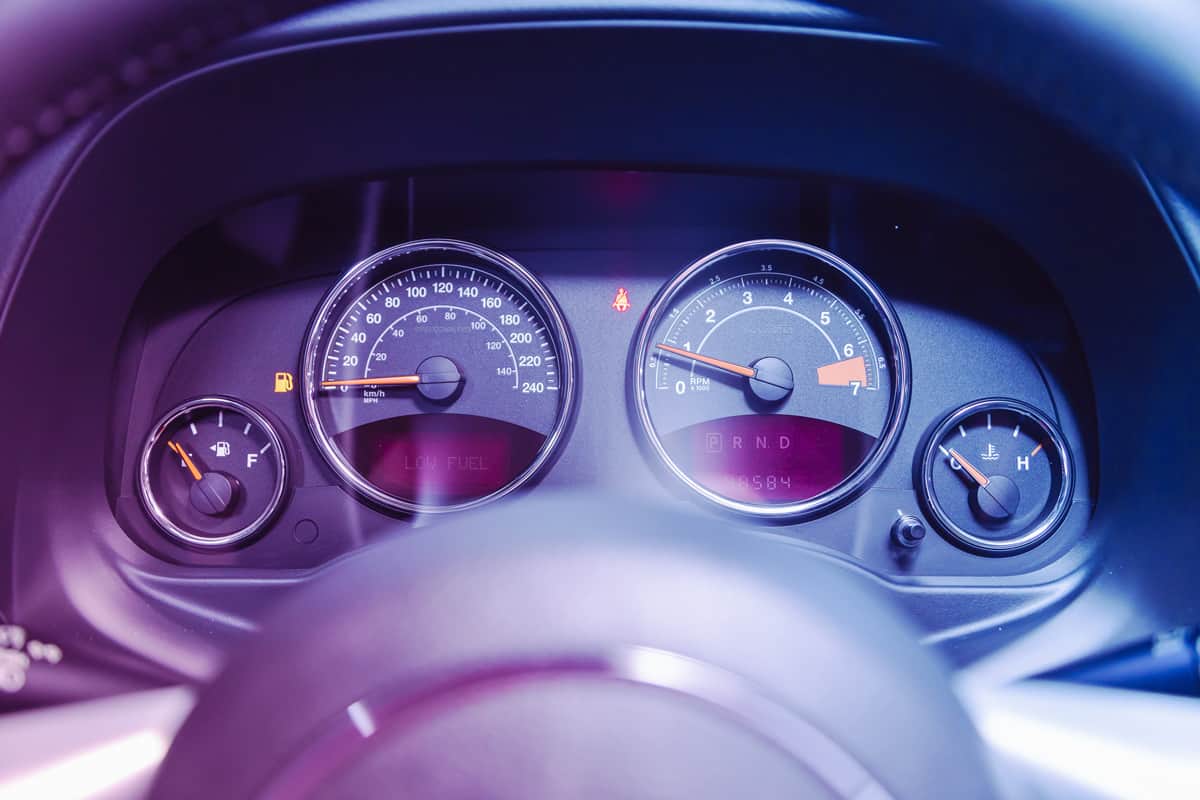
Like other modern vehicles, Jeep models' gauges may malfunction due to faulty electrical supply, connection, or sensor data. While testing and replacing a battery may be easy, most other solutions may require professional assistance from the dealership or an automotive electrician.
Thank you very much for reading. We hope we were able to help you know more about malfunctioning gauges and lights in your Jeep's instrument cluster.
Made it this far? Check out these helpful related posts below!
What Happens When Car Battery Dies?



